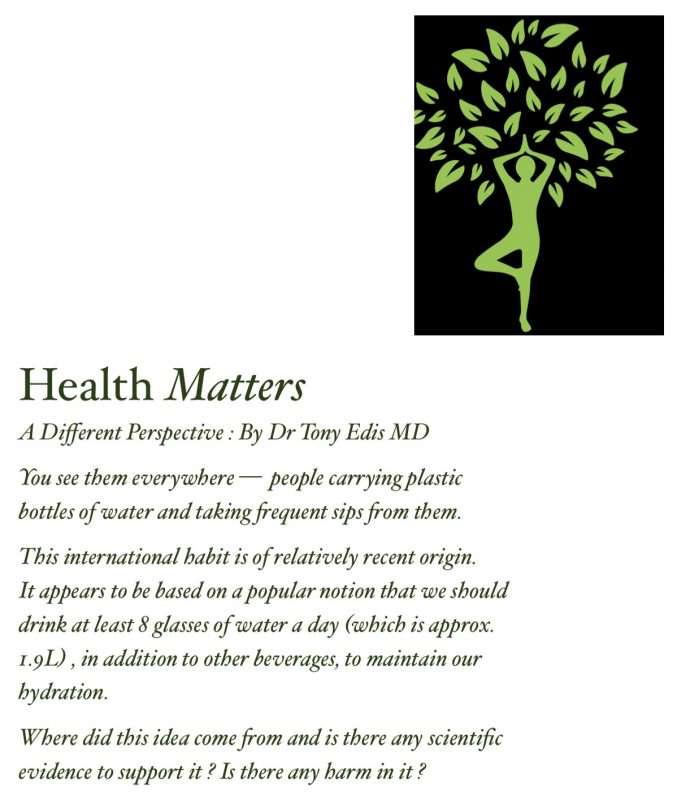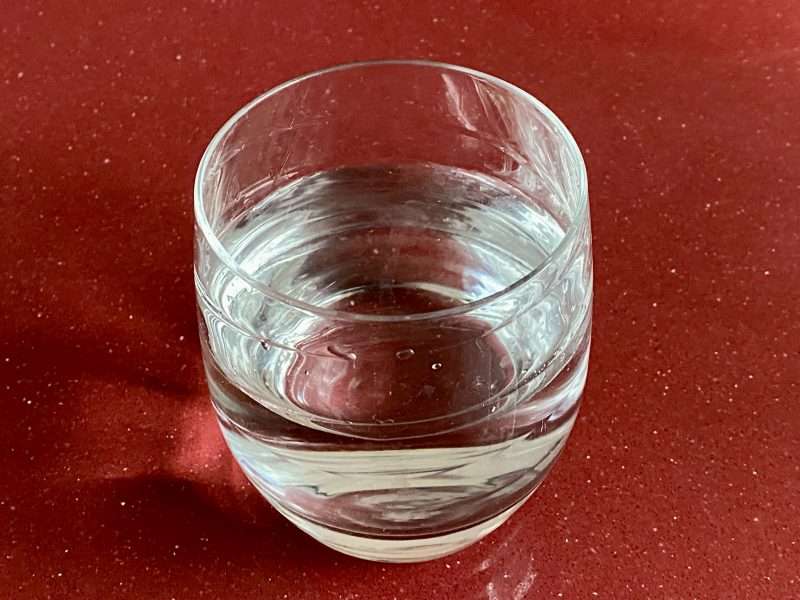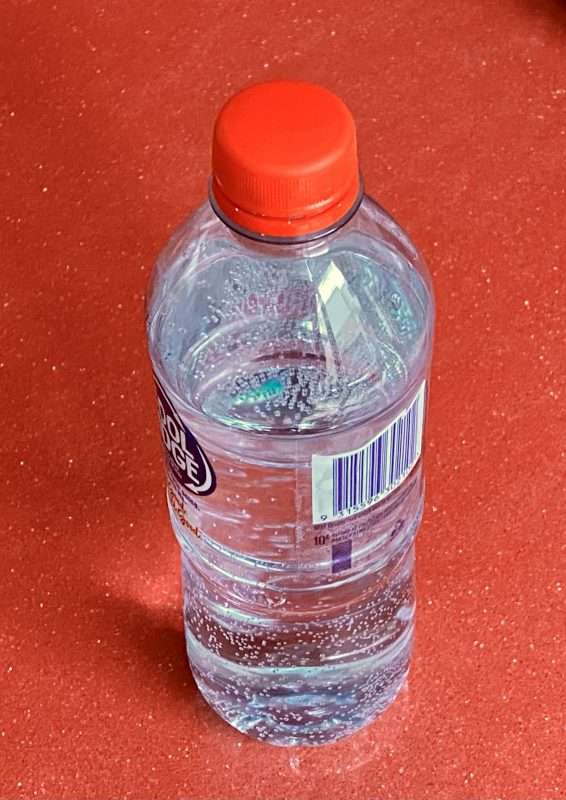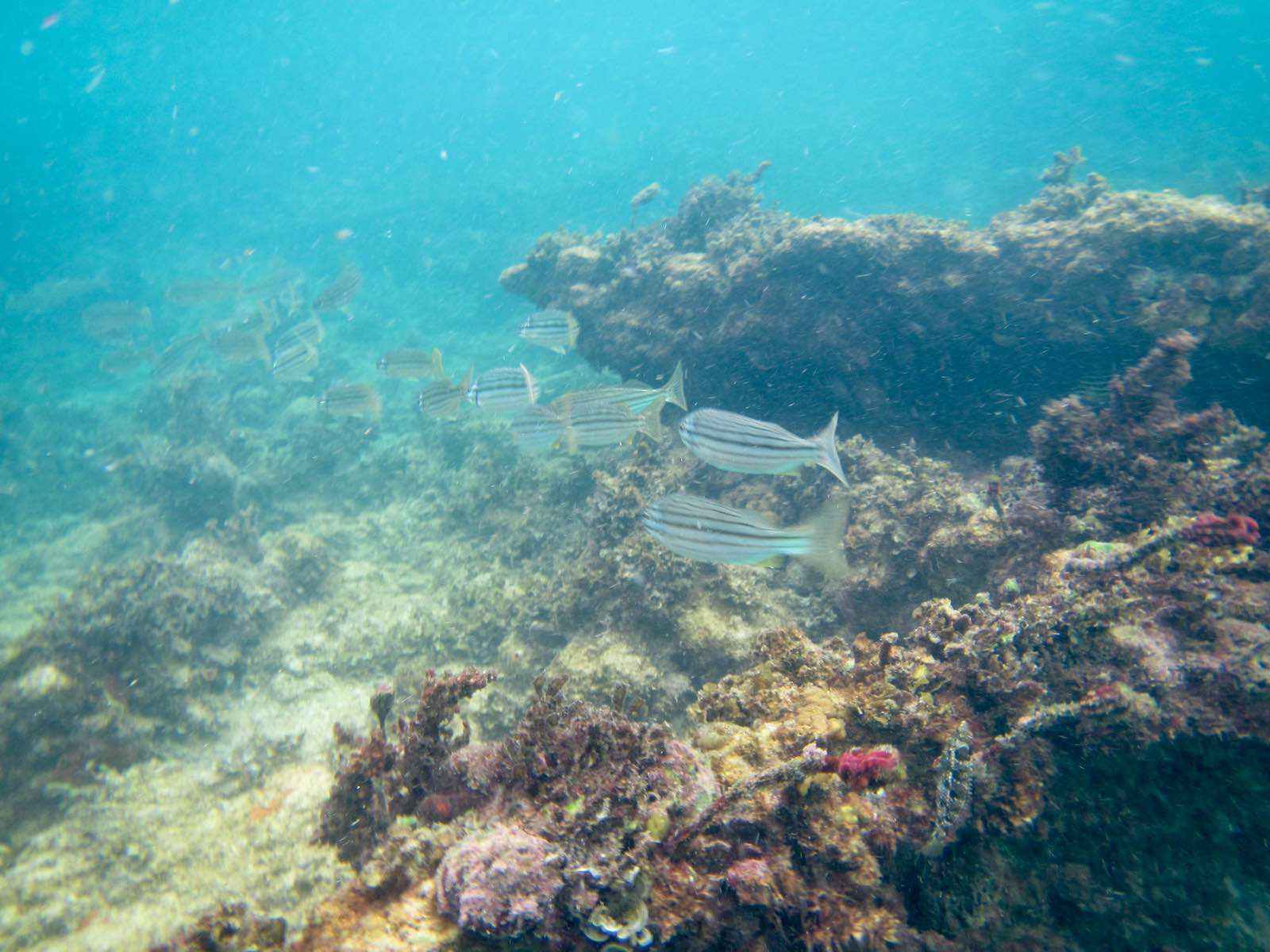“WATER, WATER EVERYWHERE”

Despite the importance of an adequate water intake, there is confusion among the general public and health care providers about the amount of water we should be drinking.

Serpentine Dam, WA. Credit Trip Adviser
How-to books, beauty journals, the Internet, the media and the bottled-water industry — as well as many doctors — have been saying for several decades that we should be drinking 8 glasses of water, ie, 8 X 8oz (237ml) or approximately 1.9L each day, in addition to other caffeinated beverages, juices, soft drinks, milk and alcohol, as the simplest way of maintaining hydration and a healthy-looking complexion.
This advice, which doesn’t appear to have any basis in physiologic fact, has been taken to task by some scientists, who declare that it is not only “a nonsense” but “a throughly debunked nonsense”. They indicate that such an intake is way in excess of need.
Moreover, they argue, there might even be some health risks associated with the practice, such as water intoxication and exposure to impurities, bacteria and carcinogens in bottled water obtained from dubious sources.
Is this criticism justified ?
SOME BACKGROUND INFORMATION ON WATER
All known forms of life depend on water.
As the poet WH Auden wrote “Thousands have lived without love — not one without water.”

Water is found throughout the Universe and is believed to be the by-product of star formation. It covers 70% of the Earth’s surface and it makes up about 60% of our own total body weight.
Pure water is usually described as odourless and tasteless, although humans apparently have specific sensors that can feel the presence of water in their mouths.
Body water is derived mostly from our dietary intake which includes drinking water, water in beverages and water that is part of food.
This intake is programmed by thirst, which also operates a complex neurophysiological and hormonal mechanism in the hypothalamus of the brain to control the excretion of water by the kidneys (our output of water) matching it to our dietary intake.
[It’s a little more complicated than that, as some of our water intake is actually produced by internal metabolic processes; and there is some additional output from what is called “insensible losses”— by evaporation from the skin and by water lost in our exhaled breath.]
These complex control mechanisms maintain an intricate steady-state balance in the fluid and electrolyte composition of the ancient sea water environment which was incorporated into our bodies by Evolution, when we became a land-based life form. This now constitutes our intra- and extra-cellular fluid compartments — what physiologists term our “milieu interieur”?
HOW MUCH WATER DO WE NEED TO DRINK EACH DAY TO MAINTAIN A PROPER BALANCE?
Individual water requirements can vary greatly, even on a day-to-day basis, because of differences in physical activity and climatic conditions.

If even modest physical activity is performed, the water intake requirement increases significantly and heat stress will add proportionately to this. From studies conducted by the US Army, fluid requirements for soldiers working 8 hours a day in an extremely hot climate may be up to 19L /day!
As discussed in “Health Matters #6” concerning Salt, we learned that the usual level of dietary salt intake in populations around the globe approximates to a kind of “sweet spot” which is attuned to our homeostatic needs.
Is it not unreasonable to assume that healthy populations might have likewise adjusted their usual level of voluntary water intake to that required for maintaining a normal milieu interieur ?
What are the facts ?
SHOW ME THE DATA
As recommended by the US Institute of Medicine, an Adequate Intake (AI) for water intake from all food and fluids should be 3.7L for men and 2.7L for women.
It defines AI as “that level of total water intake in moderately active individuals not exposed to a hot environment, which is sufficient to prevent deleterious, primarily acute, effects of dehydration, including various metabolic and functional abnormalities, such as impaired thinking”.
So, how much water do we actually consume each day ?— 3.7L seems like a lot.
Contemporary data gathered from 2009 to 2012, by the U.S. National Health and Nutrition Examination Survey *, which examined daily water intake from all food and liquids, found that the average adult American man consumes an average of 3.46 L and women about 2.75 L per day — actually pretty close to the recommended AI.

This is what 2.7L water looks like!
In reviewing this data please keep in mind that these figures refer to total water intake from both food and fluids. According to this survey, approximately 20% of the total water intake per day comes from food ; 50% from various beverages, such as coffee, tea, and other caffeinated beverages, milk, juice , sweetened soft drinks and alcohol; while only 30% comes from drinking plain water – i.e. about 1L per day in men and 800ml in women.
No doubt you’ve observed already that this intake of plain water falls considerably short of the popular exhortation to drink “8 X8”glasses (or 1.9L) per day — with a shortfall of about 900ml for men and 1.1L for women.
SO WHO’S RIGHT – THE SCIENTISTS OR THE PUNDITS?
So, are the scientists right to lampoon the “8X8” recommendation as excessive ? Well, yes and no.
“Yes” inasmuch as this amount of plain water intake is well in excess of our current, standard daily consumption. To drink that extra litre or so of water per se, would perhaps be over the top, perhaps causing us to become “waterlogged”, as one scientist has fancifully put it.
But “No”, given that so much of our daily fluid intake each day is in the form of caffeinated beverages, sugar-sweetened juices and soft drinks, and alcohol. Surely a case could be made to drink more plain water (perhaps up to litre or so a day) in lieu of some of the other fluids we are already consuming — especially when some of those fluids have been shown to be injurious to our health. This adaptation would enable us to maintain our AI for water intake while drinking more plain water than usually consumed.
As to the purported risks of drinking too much water — they appear to be somewhat overblown, especially in the light of what we know about the body’s regulatory mechanisms, which are so finely tuned to match our water intake and output, so maintaining homeostatic fluid balance of our milieu interieur.
Also, one should bear in mind that we live in a Mediterranean environment, here in the southwest Western Australia, where ambient temperatures for much of the year are frequently in the 30’s and 40’s C, and where there is a popular enthusiasm for outdoor activities —both of which impose a higher demand on water intake— it would seem wiser to err on the side of promoting more water consumption, rather than decrying it.
WHAT ARE THE PROSPECTS FOR A HEALTHIER MIX OF FLUID INTAKES ?
On an individual basis, all it takes is an informed decision to drink more plain water and less other beverages.
At a Public Health level, there is a need to promote public awareness and to provide incentives to make the switch.
The negative health and societal consequences of excessive alcohol consumption have been self evident for many years.
Less well understood by the general public are the health risks posed by sugar-sweetened beverages (SSB’s — No, that’s not an abbreviation for Semillon Sauvignon Blanc!) which have been identified as a major cause of obesity, type 2 diabetes, cardiovascular disease and poor dental health.
In an effort to curb SSB consumption, over fifty countries, cities and regions around the globe have instituted SSB taxes, with some jurisdictions reporting up to a 30 -40% reduction in the overall volume of SSB’s purchased as a consequence.
In Australia, per capita SSB consumption is among the highest in the world. There is widespread support for a SSB tax from many public health organisations, but the two major political parties haven routinely rejected calls for such a tax.
It doesn’t help that the food and beverage industries have collaborated to lobby against, and to undermine support for, such a tax.
The prospects for introducing such a worthwhile public health initiative in this country, therefore, seem fairly remote. It will take a powerful pro-SSB tax coalition to create a new groundswell of political pressure to enact it.
FINALLY, WHAT ABOUT ALL THOSE PLASTIC WATER BOTTLES — What happens to them?
While many people prefer refillable stainless steel or aluminium water bottles, which can be filled with cheap, safe and good quality scheme water, most still opt for single-use plastic water bottles containing water of unknown provenance — although, ironically, 1/3 of all bottled water in the U.S. actually comes from filtered tap water!

It’s hard to imagine, but over a million plastic bottles are bought around the world every minute!
Most single-use water bottles are made from plastic known as polyethylene terephthalate (PET). The production of just 1 litre of water in a PET plastic container, in itself, requires 5 litres of water — a significant waste of natural resources and an important contributor to climate change.
What happens to all these bottles when we’re done with them?
Only 11% of Australia’s plastic waste is recycled. Of the remainder, some will be incinerated but the vast majority ends up in landfill or in the natural environment.
But that’s not the end of the story . As a result of poor waste management practices in many parts of the world, much of the global landfill, and virtually all of the environmental waste, will be swept off the land into waterways and then into the ocean.
Eventually, the plastic disintegrates into tiny particles (described as “plastic nanoparticles”), which are then incorporated into the marine ecosystem and thus into our own food chain.
Of course, the pollution doesn’t stop there. Micro plastics are now being found in the air we breathe, in addition to the food we eat and the water we drink.
It should come as no surprise that these nanoparticles are being incorporated into our own flesh and blood. Researchers in the Netherlands tested blood from ostensibly healthy human subjects and found plastic nanoparticles in nearly 80%.
In addition to plastic nanoparticles, plastic-associated chemicals, which are used in plastic manufacture, are also making their way into our organs and tissues. A national survey in the U.S. reported that 93% of the population already have detectable levels of such chemicals in brain and adipose tissue, serum, urine and semen.
Many of these plastic-associated chemicals have been shown to disrupt hormonal functions having to do with fertility, blood glucose control, thyroid function, breast cell growth and even gene regulation.
While a direct cause-and-effect role for adverse impacts on human health from plastic nanoparticles and plastic-associated chemicals remains unproven, the weight of evidence now seems incontrovertible.
Recognising the high and credible community concern about the risks to human health posed by these substances, many jurisdictions around the world are enacting stiffer regulations on their use and some are already introducing bans on single-use plastics, including plastic water bottles.
A ban on single use plastic items is currently being phased in by the Western Australia government to complement the existing container deposit scheme introduced in 2020 to encourage more recycling, however, it does not include an outright ban on plastic water bottles. Still, it’s a welcome start!
* Footnote : The NHANES is a cross-sectional survey designed to monitor the health and nutritional status of the civilian, noninstitutionalised U.S. population. It is conducted by the Centers for Disease Control and Prevention’s (CDC) National Center for Health Statistics. The survey combines in-home interviews conducted in the participants’ homes and standardised physical examinations conducted in mobile examination centres.
* Words by Dr Tony Edis MD
In case you missed Dr Edis MD’s previous articles here they are –
#1 addressed the Intermittent Fasting trend
#2 dealt with the Food Guide Pyramid and dietary fat.
#3 discussed the ‘Lowdown’ on cholesterol and statins
#4 explained what to do when someone has a heart attack
#5 discusses the ‘miracle molecule’ Nitric Oxide
#6 asks Is too much salt in your diet bad for your health?
PLEASE HELP US TO GROW FREMANTLE SHIPPING NEWS
FSN is a reader-supported, volunteer-assisted online magazine all about Fremantle. Thanks for helping to keep FSN keeping on!
** Don’t forget to SUBSCRIBE to receive your free copy of The Weekly Edition of the Shipping News each Friday!







